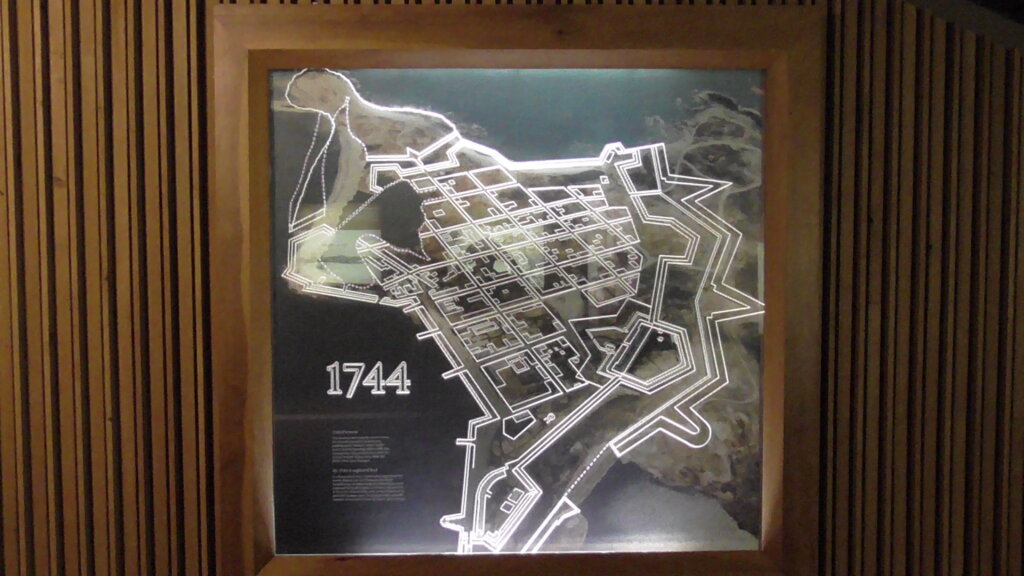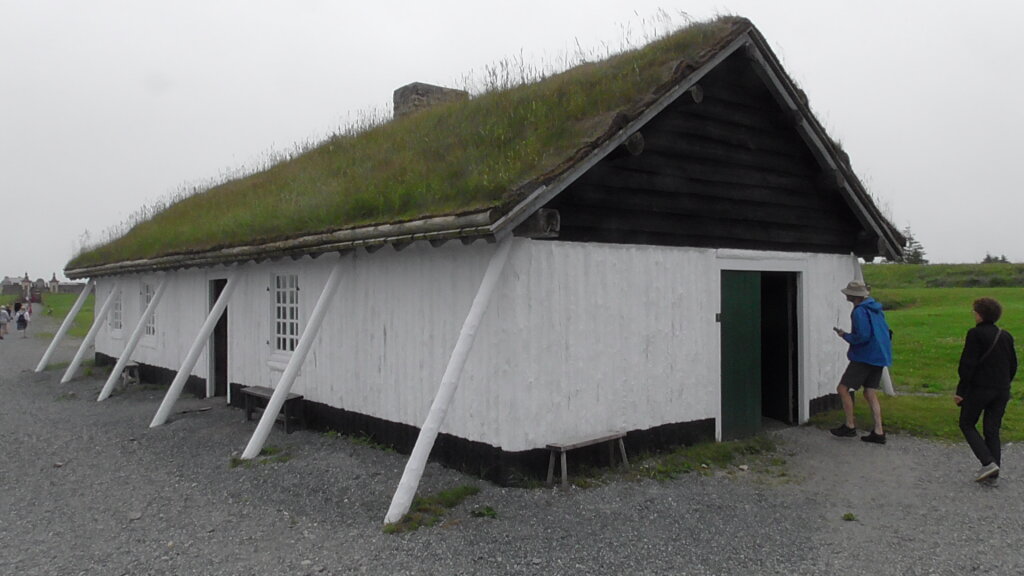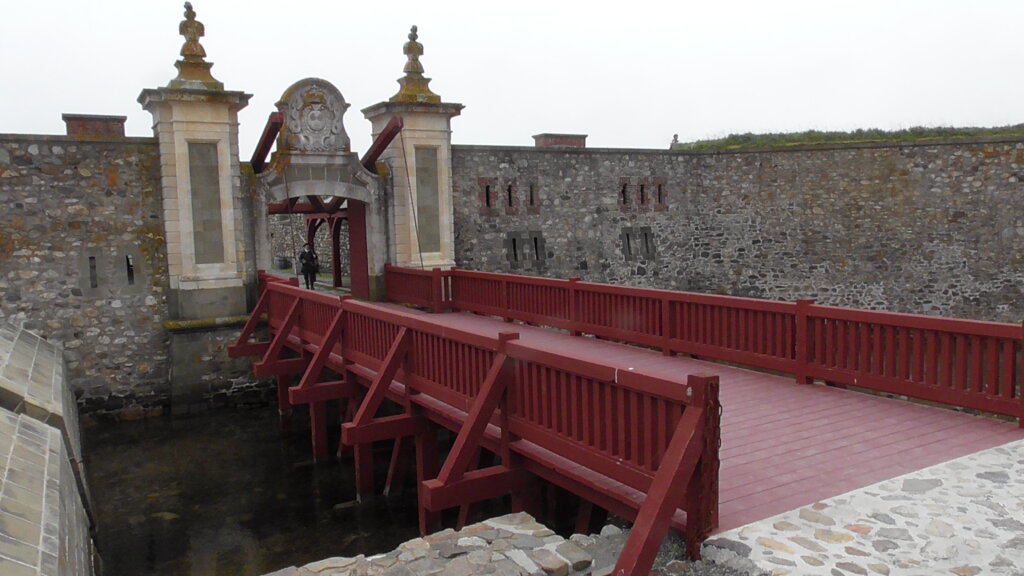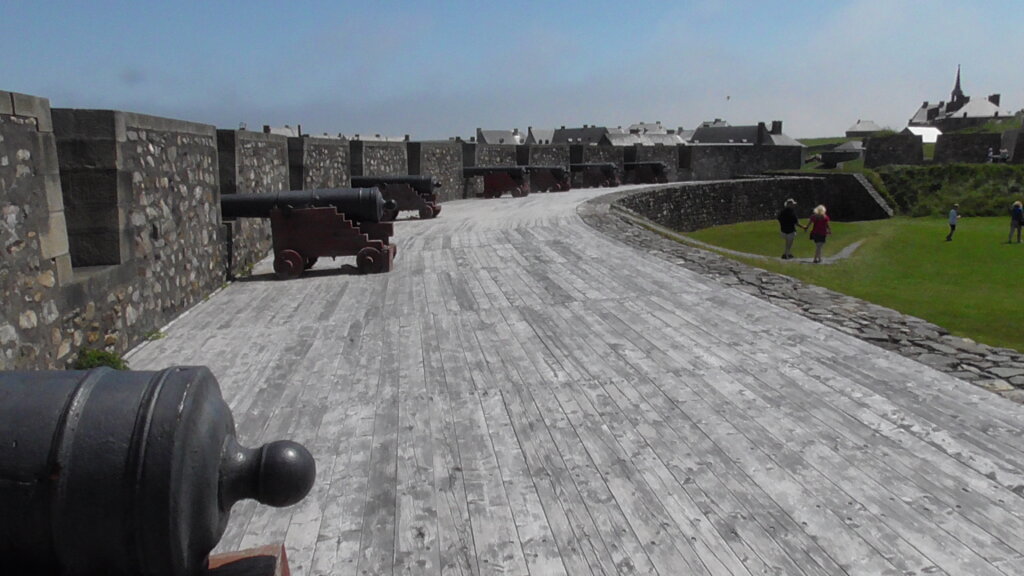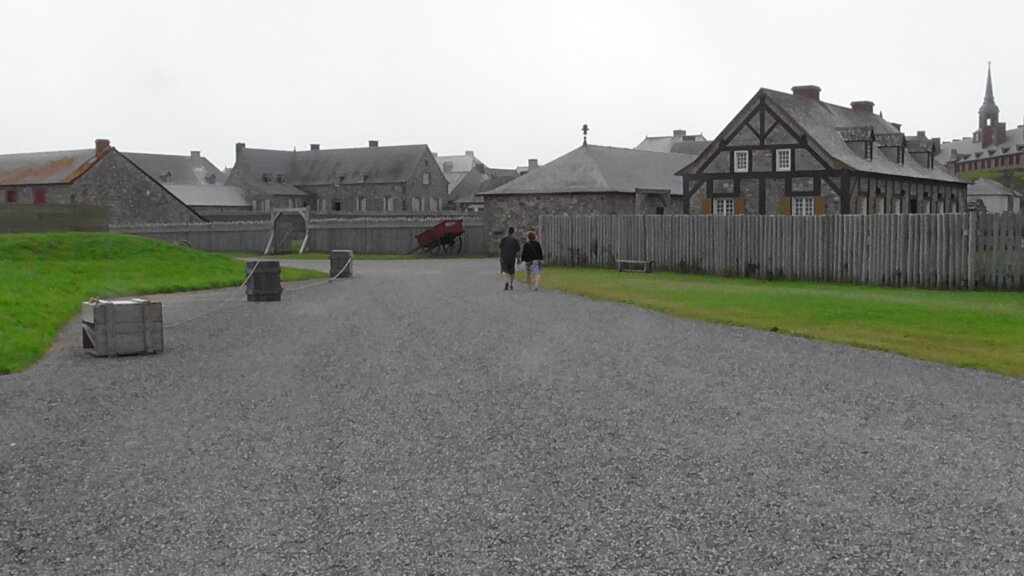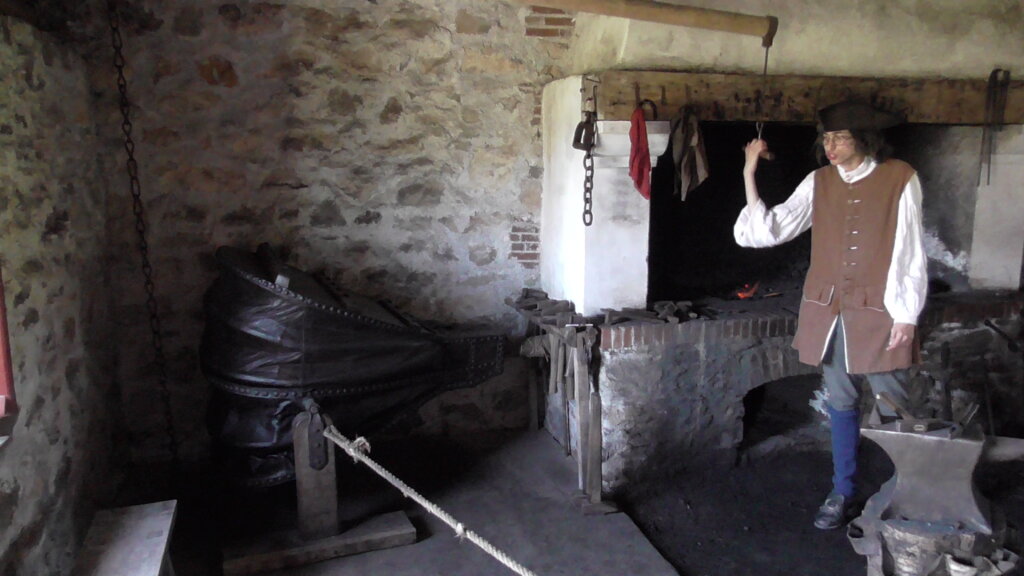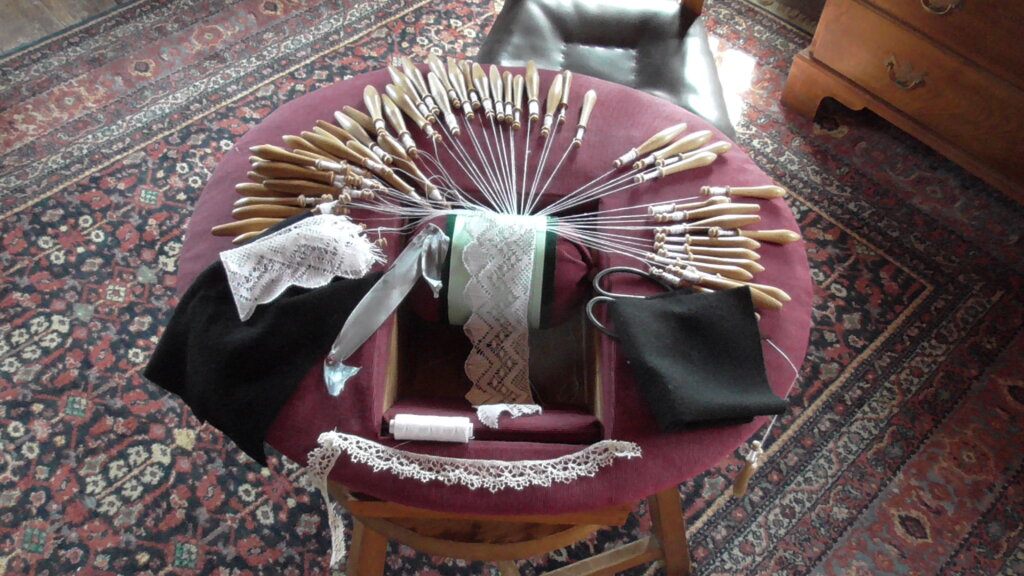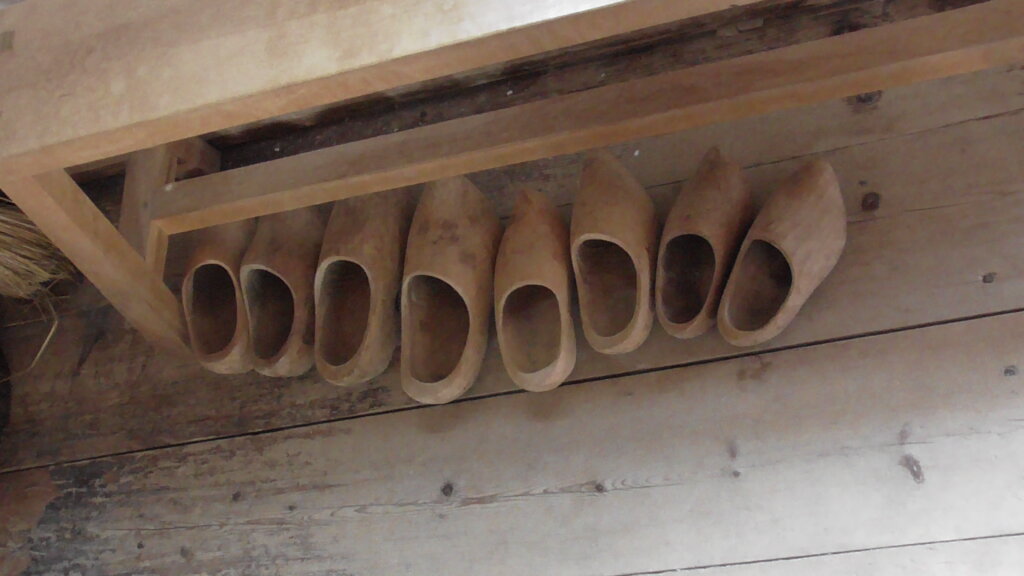Fortress of Louisbourg
Louisbourg is little known to U.S. citizens but in the mid eighteenth century it’s commerce in salted cod brought in 3 times the income of the entire fur trade in Canada for the French.
By the mid-1740s Louisbourg, named for Louis XIV of France, was one of the most extensive (and expensive) European fortifications constructed in North America. The Fortress of Louisbourg suffered key weaknesses, since it was erected on low-lying ground commanded by nearby hills and its design was directed mainly toward sea-based assaults, leaving the land-facing defenses relatively weak. It was captured by British colonists from New England in 1745 but was returned to the French in 1748 in exchange for border towns in what is today Belgium. It was captured again in 1758 by British forces in the Seven Years’ War, after which its fortifications were systematically destroyed by British engineers. The British continued to have a garrison at Louisbourg until 1768.
The current Fortress of Louisbourg is a National Historic Site of Canada and the location of a one-quarter partial reconstruction of an 18th-century French fortress at Louisbourg on Cape Breton Island, Nova Scotia.
The fortress and town were partially reconstructed in the 1960s and 1970s, using some of the original stonework, which provided jobs for unemployed coal miners. The site stands as the largest reconstruction project in North America.
